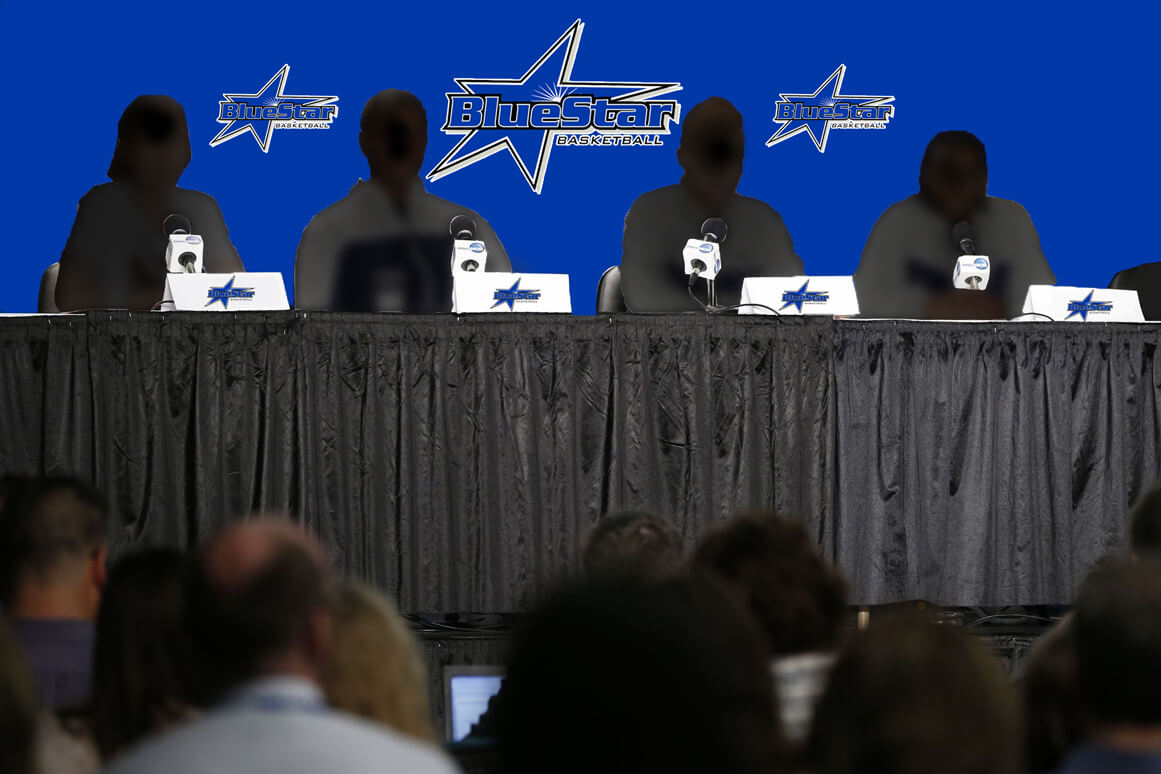As I write this, the Division I conference tournaments are finishing up, and already around 20 head coaching openings have been announced. The women’s basketball coaching carousel figures to be a busy one again this spring, as it has been in recent years.
For the most part, they’re for all the reasons coaches dread this time of year: Dismissals and “resignations” that amount to dismissals. There also have been a few retirements. Best wishes to Jane Albright of Nevada, after a 40-year career, and to Larry Joe Inman, who stepped down at Tennessee State for health reasons.
A couple of things that are interesting about what’s taken place thus far: First of all, this is a lot of jobs coming open so quickly. Last year there were 53 changes in Division I, surpassing the 40+ openings in two of the previous three seasons.
More importantly, none of the coaches leaving thus far has taken another coaching job. The lateral or upward head coaching moves figure to come later, when power conference jobs are filled, likely sparking another round of openings.
Only three “BCS” jobs have opened, and in two of those instances, the departing coaches didn’t make it beyond their initial contracts. Jimmy Dykes was a controversial hire when he signed a four-year contract at Arkansas, but didn’t last past three.
At Southern Cal, Cynthia Cooper-Dyke coached the Trojans to the Pac 12 tourney title in her first year, but is leaving after four seasons, only a few months after Lynn Swann was named athletics director.
Likewise at Florida where AD Scott Stricklin, recently hired from Missisippi State, has called time on Amanda Butler’s 10 seasons coaching the Gators.
Depending on who gets these jobs—and there are some big names being bandied about, currently heading teams that figure to go deep into the NCAA tourney—we could see a lot of other movement involving some respected, well-known coaches.
The situation at Arkansas embodies some troubling developments in recent years when it comes to hiring coaches. I don’t want to single out any one place, but Dykes’ successor will be the fourth coach in Fayetteville since Gary Blair left for Texas A & M in 2003.
AD Jeff Long made a real head-scratching hire with Dykes, a former ESPN analyst who had never coached women or coached anywhere since serving under Eddie Sutton with the Oklahoma State men’s team in the early 1990s.
I don’t doubt Dykes’ sincerity and loyalty to Arkansas when he was introduced as the women’s coach in March 2014, and appreciated his promises to keep quality in-state talent at home and rev up the local fan base. I also think it was a bit unfair for prominent names in the women’s coaching community to pan his hiring along gender lines, or for Beth Bass, the former head of the WBCA, to speak out the way she did. I certainly could have been more charitable than I was when Dykes was introduced.
That’s not a good way to welcome anyone to the ranks, no matter what you may think of the hire. At the same time, it’s not a surprise the Dykes experiment didn’t work out. Arkansas went to the second round of the NCAA tourney in his first year, but wasn’t able to gain any kind of recruiting traction. Christy Smith, the former Razorbacks star point guard and his top assistant, left before the season to become head coach at Incarnate Word.
Early this season, six players took a pre-game knee during the national anthem in a Colin Kaepernick-style gesture. Dykes and Long defended the right of the players to protest, but their actions generated plenty of criticism, including from legislators and the governor of Arkansas. Not long after that, Jordan Danberry, probably the best of those players, transferred to Mississippi State.
Ultimately, however, the results just weren’t there for Arkansas, which finished dead-last in the SEC, its worst league mark since joining the conference in 1992. In an SEC that isn’t as strong top-to-bottom as it once was, that’s a glaring drop in such a short amount of time.
For his part, Dykes (who was 43-49 overall and 15-33 in SEC play) was classy in issuing a “forever a Razorback” statement after his departure was announced. He’s a good man who was placed in a situation that he wasn’t prepared to handle, and on a short-term deal.
That was unfair not only to him, but to the players he coached, and to a once-proud program that is reeling. The same AD that got his last hire wrong now has to go out and try to get it right this time.
So do other ADs who have itchy trigger fingers in wanting to improve their programs—which is understandable—but also have the challenge of finding the right fit.
There’s been a heavily revolving door of coaches in women’s college basketball in recent years, with administrators making ever-quicker decisions. When there are poor-fit hires, quite often that means a good number of player transfers will follow.
Coaches and recruiting experts are eager to instruct kids on finding the “right fit” for their college playing careers, that it’s somehow heavily incumbent upon teenagers to make a stellar decision from the outset, and to resist transferring or finding a way out of a situation that may not be any of their doing.
It would be great if athletics directors were really held to the same standards. Sometimes the best “fit” takes place when an AD decides the coach who will guide those young players, a coach who ideally will be around for longer than the life of one contract.
Wendy Parker is a sportswriter and web editor who has covered women's basketball since the early 1990s. She is a correspondent for Basketball Times and formerly covered women's and college sports, soccer and the Olympics at The Atlanta Journal-Constitution. She is the author of "Beyond Title IX: The Cultural Laments of Women's Sports," available on Amazon, and the creator of Sports Biblio, a blog about sports books and history.




